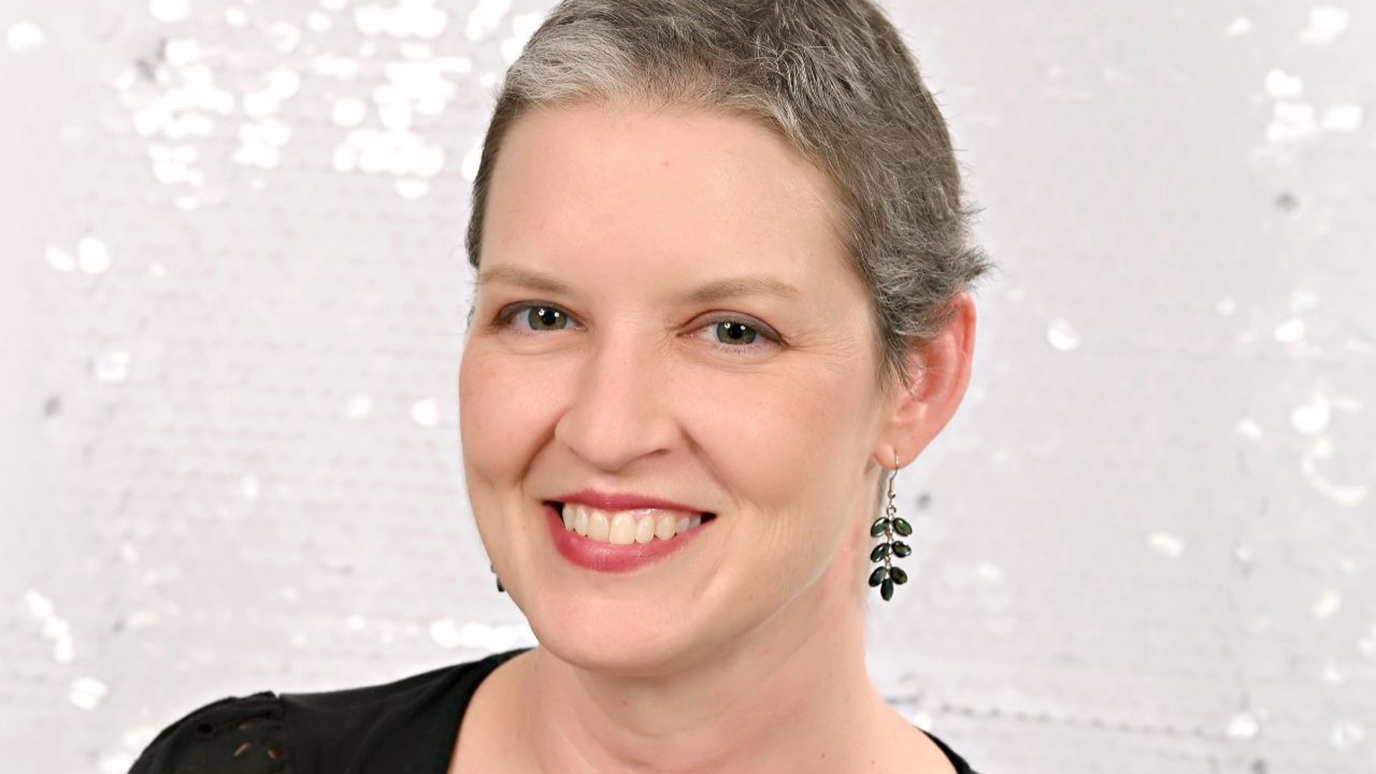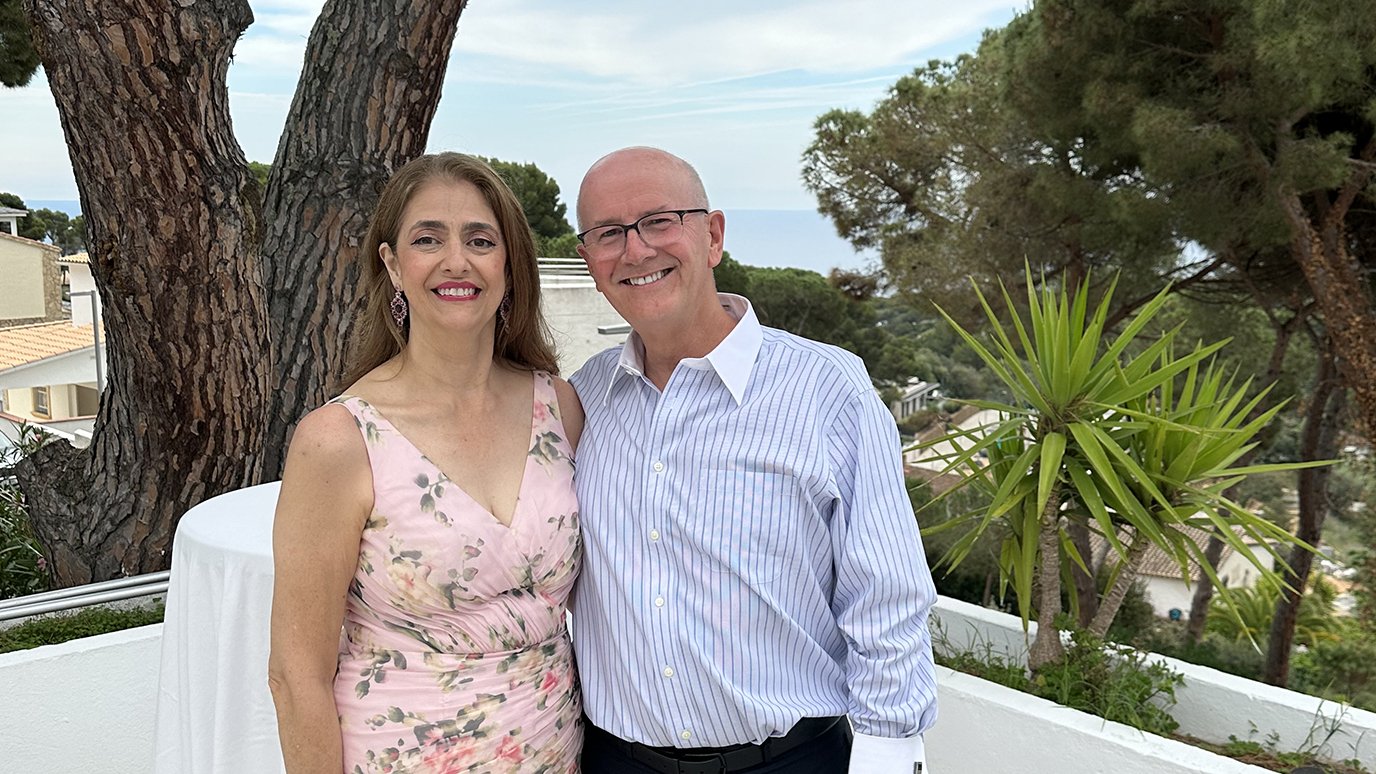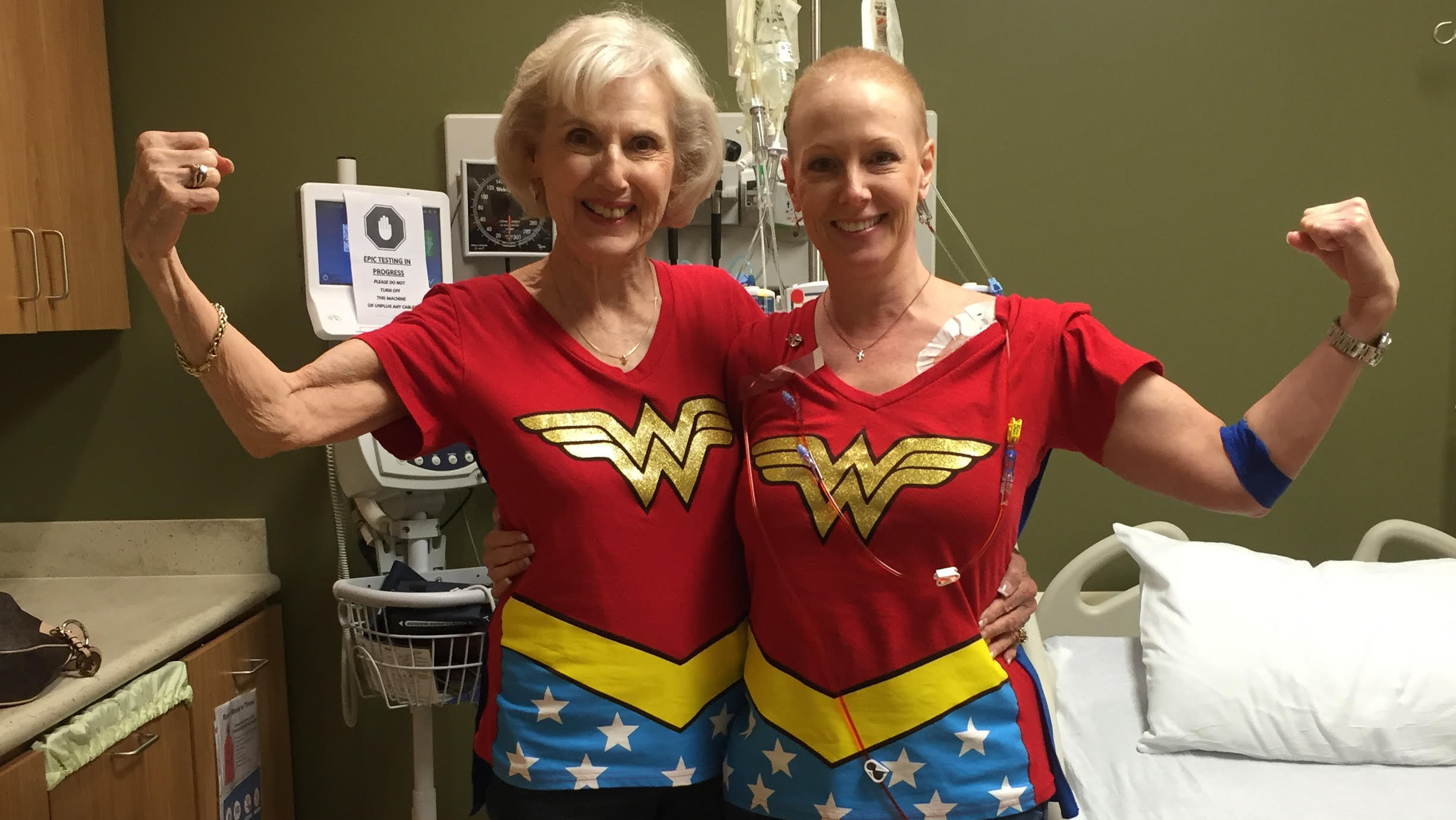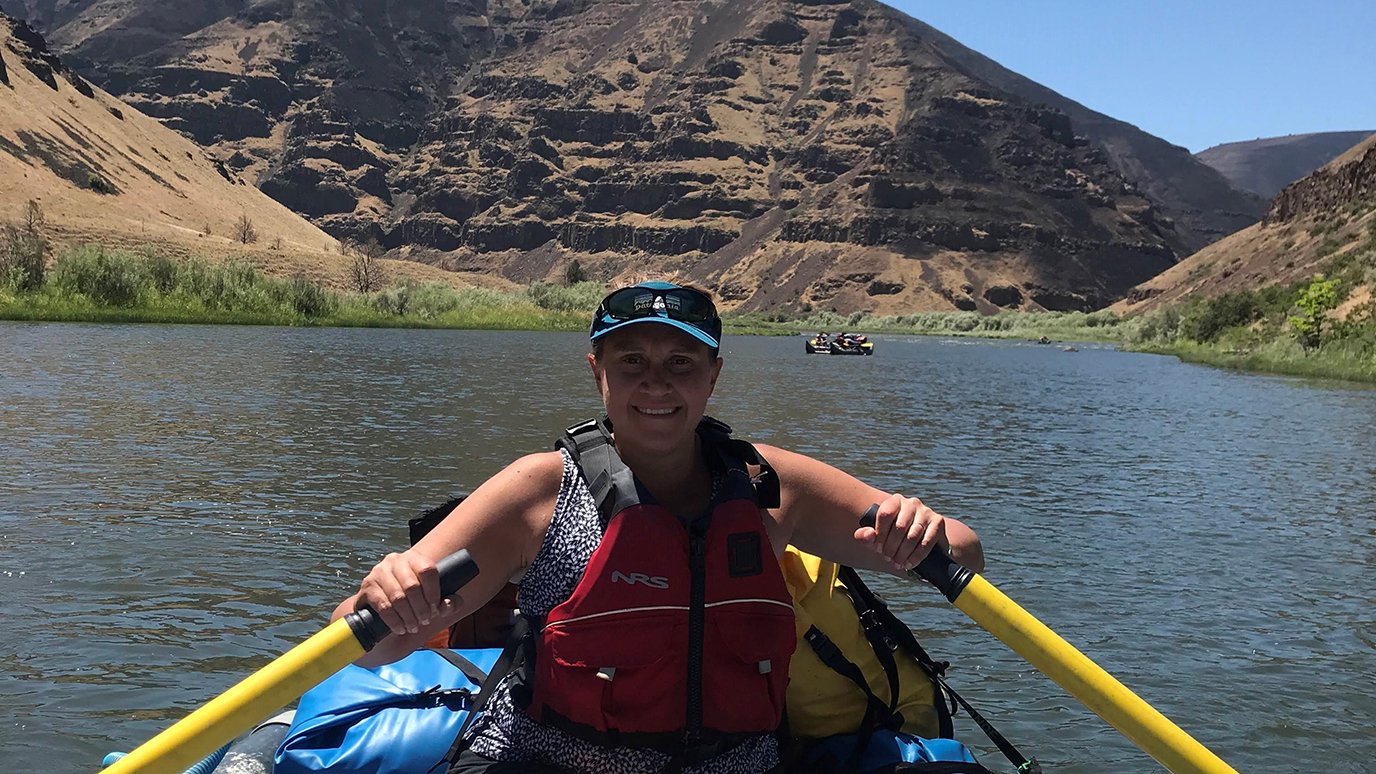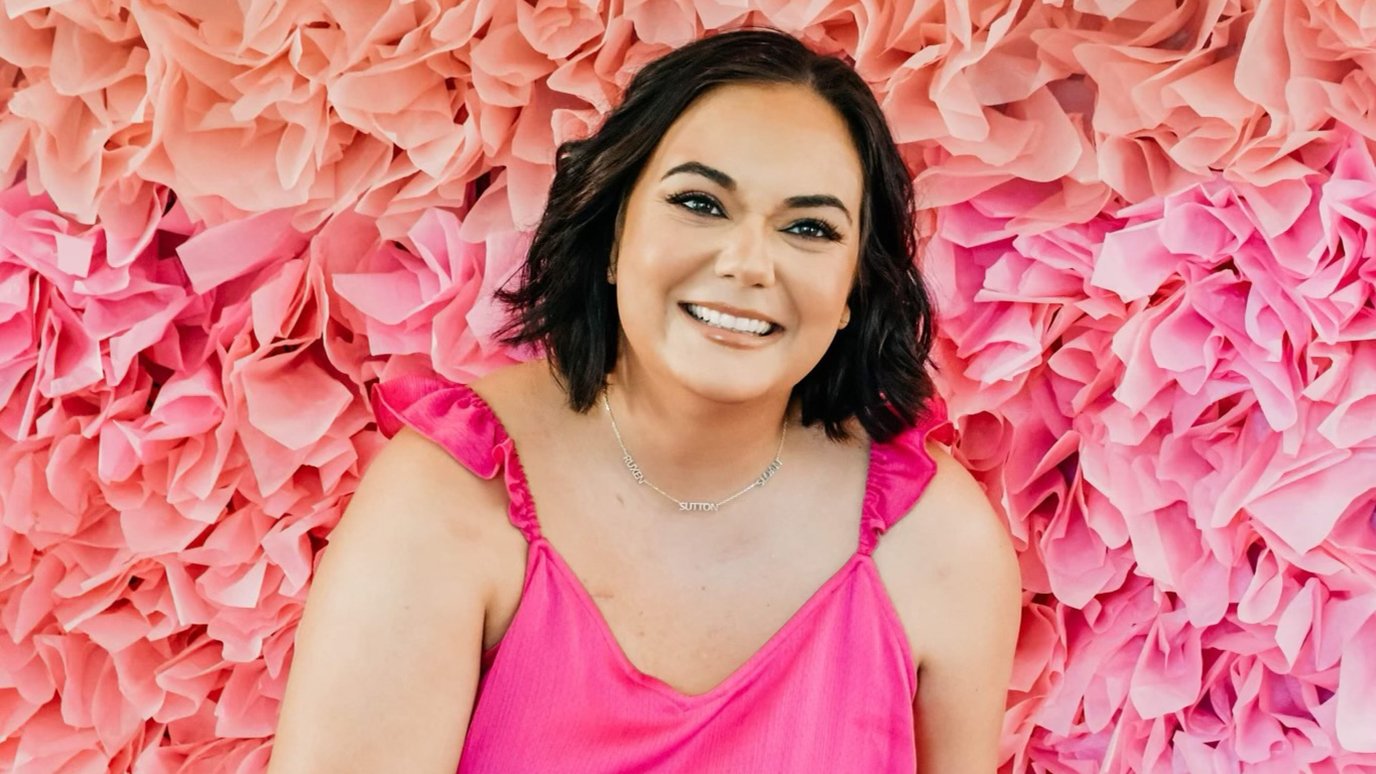My breast cancer treatment experience
- Diseases
- Acoustic Neuroma (14)
- Adrenal Gland Tumor (24)
- Anal Cancer (68)
- Anemia (2)
- Appendix Cancer (16)
- Bile Duct Cancer (26)
- Bladder Cancer (72)
- Brain Metastases (28)
- Brain Tumor (232)
- Breast Cancer (714)
- Breast Implant-Associated Anaplastic Large Cell Lymphoma (2)
- Cancer of Unknown Primary (4)
- Carcinoid Tumor (8)
- Cervical Cancer (158)
- Colon Cancer (166)
- Colorectal Cancer (118)
- Endocrine Tumor (4)
- Esophageal Cancer (44)
- Eye Cancer (36)
- Fallopian Tube Cancer (8)
- Germ Cell Tumor (4)
- Gestational Trophoblastic Disease (2)
- Head and Neck Cancer (12)
- Kidney Cancer (128)
- Leukemia (342)
- Liver Cancer (50)
- Lung Cancer (286)
- Lymphoma (278)
- Mesothelioma (14)
- Metastasis (30)
- Multiple Myeloma (100)
- Myelodysplastic Syndrome (60)
- Myeloproliferative Neoplasm (6)
- Neuroendocrine Tumors (16)
- Oral Cancer (100)
- Ovarian Cancer (172)
- Pancreatic Cancer (160)
- Parathyroid Disease (2)
- Penile Cancer (14)
- Pituitary Tumor (6)
- Prostate Cancer (146)
- Rectal Cancer (58)
- Renal Medullary Carcinoma (6)
- Salivary Gland Cancer (14)
- Sarcoma (238)
- Skin Cancer (296)
- Skull Base Tumors (56)
- Spinal Tumor (12)
- Stomach Cancer (64)
- Testicular Cancer (28)
- Throat Cancer (92)
- Thymoma (6)
- Thyroid Cancer (98)
- Tonsil Cancer (30)
- Uterine Cancer (80)
- Vaginal Cancer (16)
- Vulvar Cancer (20)
- Cancer Topic
- Adolescent and Young Adult Cancer Issues (20)
- Advance Care Planning (10)
- Biostatistics (2)
- Blood Donation (18)
- Bone Health (8)
- COVID-19 (362)
- Cancer Recurrence (120)
- Childhood Cancer Issues (120)
- Clinical Trials (632)
- Complementary Integrative Medicine (22)
- Cytogenetics (2)
- DNA Methylation (4)
- Diagnosis (232)
- Epigenetics (6)
- Fertility (62)
- Follow-up Guidelines (2)
- Health Disparities (14)
- Hereditary Cancer Syndromes (126)
- Immunology (18)
- Li-Fraumeni Syndrome (8)
- Mental Health (116)
- Molecular Diagnostics (8)
- Pain Management (62)
- Palliative Care (8)
- Pathology (10)
- Physical Therapy (18)
- Pregnancy (18)
- Prevention (918)
- Research (392)
- Second Opinion (74)
- Sexuality (16)
- Side Effects (604)
- Sleep Disorders (10)
- Stem Cell Transplantation Cellular Therapy (216)
- Support (402)
- Survivorship (322)
- Symptoms (182)
- Treatment (1786)
How breast cancer pathology experts helped change the course of my treatment
5 minute read | Published May 04, 2021
Medically Reviewed | Last reviewed by an MD Anderson Cancer Center medical professional on May 04, 2021
Lynn Hill practices what she preaches. As a coach for one of the country’s top weight loss and wellness programs, Lynn, 66, cooks nutritious meals, exercises and schedules a mammogram every October around her birthday. Her imaging results have always been reassuringly normal, until last year, when the radiologist at a local hospital saw a suspicious mass in her left breast.
The doctor needed a closer look, so he sent Lynn for a diagnostic mammogram, which evaluates abnormalities detected on routine screening mammograms. The images revealed calcifications – small calcium deposits that look like white specs. These are very common and usually benign, the doctor explained. But when they’re clustered together, as Lynn’s were, they may signal early breast cancer.
“That got my attention,” she says. “It’s the first time anyone mentioned cancer.”
Breast biopsy confirms invasive ductal carcinoma
To confirm – or rule out – cancer, Lynn underwent a stereotactic breast biopsy. This procedure uses mammogram pictures, taken from different angles, to guide a special biopsy needle into the abnormal-appearing area of the breast. An attached vacuum device pulls tissue from the breast through the needle, and the samples are sent to the lab for analysis.
Days later, Lynn’s family doctor called with the results. She had invasive ductal carcinoma, a type of breast cancer that begins growing in a milk ducts, then invades the fibrous or fatty tissue of the breast outside the ducts. It’s the most common form of breast cancer, and accounts for 80% of all breast cancer diagnoses. Lynn would need surgery.
“I had to sit down,” she says. “I could hardly breathe.”
The doctor shared three breast surgeons’ names and told her to schedule an appointment with one.
“I chose a surgeon at MD Anderson in Sugar Land, 10 minutes from my house,” she says. “My sister is a nurse and urged me to go there. She told me, ‘MD Anderson doctors are the best of the best.’”
Mammogram reveals breast cancer
Lynn asked lots of questions during her first appointment at MD Anderson.
Her surgeon, Makesha Miggins, M.D., patiently answered them all. Then she uploaded Lynn’s mammogram images from the last five years on her computer, and pointed out how the most recent scan was different from the others. Tiny white calcification spots that had formerly been randomly spread were now clustered together in the upper part of the breast.
“There’s your cancer,” Miggins told Lynn.
The area spanned 7 centimeters – about the size of a peach – and took over more than half the breast.
Miggins explained that after she removed the cancer, there wouldn’t be enough breast left to save. Together, she and Lynn decided a complete mastectomy was the best option.
Chemotherapy, radiation and targeted therapy
Based on the test results from Lynn’s stereotactic biopsy prior to her arrival at MD Anderson, she’d need not only surgery, but also chemotherapy before surgery to help shrink the cancer in her breast. Depending on how well the chemotherapy worked, she might also need radiation after surgery to kill any cancer cells that may have escaped into her lymph nodes, and a targeted therapy drug that “homes in on" and blocks the molecules that help cancer to grow.
Miggins spelled out the treatment plan: six chemotherapy infusions delivered over four months, then surgery, followed by a possible four to six weeks of radiation and eight months of targeted therapy.
“Up to a year of treatment?” Lynn wondered. “I began to visualize life as I knew it slipping away.”
She watched in resignation as her calendar began to fill with medical appointments.
Changing Lynn’s breast cancer treatment plan
But a fateful Friday night phone call from Miggins would soon change everything.
“I answered the call, and my first thought was, ‘What now? More bad news?’” Lynn recalls. “Why else would Dr. Miggins be calling late on a Friday?”
The doctor, to the contrary, had good news to share:
MD Anderson breast cancer pathologist Mary Edgerton, M.D., Ph.D., had reviewed the slides from Lynn’s stereoscopic biopsy performed just before she came to MD Anderson. The pathologist determined Lynn’s cancer was highly unlikely to have spread beyond the breast. Chemotherapy, radiation and targeted therapy would probably be unnecessary.
Miggins consulted Lynn’s medical oncologist, Sadia Saleem, M.D., and the two decided to drastically change her treatment plan.
“We believe that the cancer will be removed during the mastectomy,” Miggins told Lynn during the Friday night phone call, “so let’s do surgery first. That’s probably all you’ll need.”
Lynn was astonished. “No chemo, no radiation, no targeted therapy?” she asked for confirmation.
The doctor affirmed the good news. Lynn was elated.
“I did a little dance,” she says. “I laughed. I screamed. I cried tears of joy.”
She called her sister, who assumed the worst upon hearing Lynn’s tearful voice.
“I told here these were happy tears,” Lynn says. “Then she cried, too.”
During the next few days, Lynn watched as 99 appointments, all related to chemotherapy and radiation, began dropping off her MD Anderson patient calendar.
“‘Cancelled’ became my favorite word,” she says.
Clean lymph nodes after surgery
The day of surgery arrived on Feb. 24, 2020. Miggins removed Lynn’s left breast and two nearby lymph nodes, which she sent to MD Anderson’s pathology lab for analysis.
If the nodes contained cancer cells, then the disease had spread outside Lynn’s breast and she would need further treatment. But if the nodes were clean, the cancer had stayed inside the breast, and chemotherapy, radiation and targeted therapy would be unnecessary.
The results came back, and the news was exactly as
MD Anderson doctors suspected. The lymph nodes were clean, and Lynn was cancer-free.
“That’s what I’d been waiting to hear,” she says. “No chemo, no radiation, no targeted therapy. We were done.”
Consult MD Anderson first
It’s been eight months since her surgery, and Lynn says she’s “100% back.”
“I’m walking five miles a day, riding my bicycle, and teaching my weight loss classes on Zoom,” she says.
Before the COVID-19 pandemic, her students welcomed her back to class by wearing pink “Team Lynn” T-shirts and surprising her with a spirited rendition of “For She’s a Jolly Good Coach.”
“Life is good,” she says, “and I’ll never take it for granted.”
Today, Lynn takes a daily pill that lowers her body’s production of estrogen – a hormone that fuels some breast cancers. The medication, called letrozole, reduces the risk of her cancer coming back.
She offers this advice to anyone diagnosed with cancer: “Consult MD Anderson before you commit to a treatment plan. I was on the brink of getting treatments I didn’t need. MD Anderson adjusted my course, and put me on the best path.”
Request an appointment at MD Anderson online or by calling 1-844-902-2329.
Related Cancerwise Stories

MD Anderson adjusted my course, and put me on the best path.
Lynn Hill
Survivor


